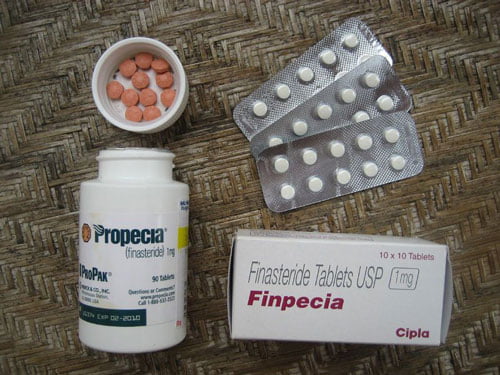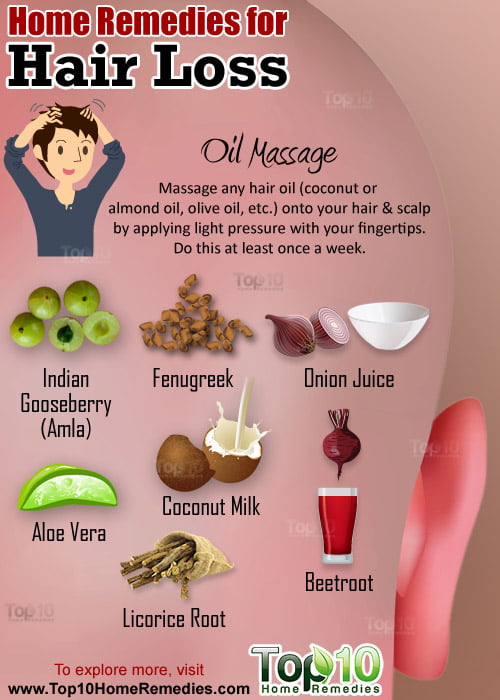As your body’s largest organ and its first line of defense, your skin can sometimes reveal a medical condition that’s affecting you. Whether you have red skin that’s hot to the touch, skin bumps that itch, or a skin rash that just looks unusual, changes in your skin are nothing to ignore.
Here are some of the most common skin symptoms and why they might occur.
Skin Symptom No. 1: Red Skin
Here are possible causes of red skin:
- Rosacea. This skin condition is characterized by redness of the face. It tends to get worse with stress, extreme weather conditions, and physical activity, and after using certain skin products.
- Flushing. Your face can flush from taking certain medications, having a fever, drinking alcohol, or simply eating a really spicy meal or steaming beverage. Strong emotions can also cause you to flush, as can going through menopause or experiencing extreme temperature changes.
- Dry skin. Skin that is extremely dry can become reddened and may result in dermatitis. Red skin from dryness may also look like a skin rash.
Skin Symptom No. 2: Skin Rash
Here are possible causes of a skin rash:
- Dermatitis. This umbrella term includes many types of skin conditions, including contact dermatitis. Contact dermatitis stems from an allergy to something that you’ve touched, including anything from poison ivy to laundry detergent to a furry pet. Eczema, another type of dermatitis, looks like a dry red rash and can appear anywhere on the body.
- Hives. Also called urticaria, hives are allergic reactions to something you’ve touched or ingested, such as a food or a medication. They appear as raised red areas that are itchy.
- An illness or infection. Viral infections such as measles and chickenpox can result in a red skin rash across the body. The rash can blister or just appear as flat red spots that break out throughout the body. Fungal infections, such as jock itch and ringworm, can also cause skin rashes, as can some sexually transmitted infections.
Skin Symptom No. 3: Skin Bumps
Here are possible causes of skin bumps:
- Keratosis pilaris. This sometimes-itchy skin condition is defined by tiny bumps that give the skin a sandpaper-like texture. The bumps may be red in color or flesh-toned, and they most often occur on the thighs and upper arms.
- Acne. Excess oil and blocked sebaceous glands in the skin result in these bumps that are often red in color, but may also be white when filled with pus, or the color of your skin. Acne can occur on the face, shoulders, chest, or back.
- A skin allergy. Many skin allergies can result in skin bumps, including contact dermatitis, eczema, and hives. These bumps can be red, patchy, scaly, swollen, blistering, or itchy, and can appear anywhere on the body.
Skin Symptom No. 4: Discolored Skin
Here are possible causes of skin discoloration:
- Psoriasis. This inflammatory skin condition results in patches of discolored skin anywhere on the body. These patches can be red, silver, white, or pink in color. Psoriasis flare-ups appear as thickened areas of skin that are covered in scales.
- Vitiligo. This condition causes cells to stop producing pigment, the substance that provides skin with color. As a result, white patches of skin can appear anywhere on the body, but most often are first seen on the face, arms, hands, or feet.
- Melasma. This condition causes areas of skin to become darker than normal — generally a brown color that spreads across the face, usually on both sides in the same pattern. It often occurs in women who are pregnant or taking medications containing hormones, such as birth control pills or hormone replacement drugs.
- Lentigines. These are small, flat, irregular, darkened areas, often on the face and hands, and are related to sun exposure.
Skin Symptom No. 5: Dry or Scaly Patches
Here are possible reasons for dry patches:
- Inflammatory skin conditions. These include psoriasis and the various forms of dermatitis mentioned above. These skin conditions often result in patches of skin that appear very dry, cracked, scaly, and red.
- Dry skin. You may experience dry patches on the skin simply from a lack of moisture. Dry skin patches may start to flake or peel, itch, or crack.
- Skin cancer. Patches of skin that are dry, red, scaly, and rough — or in any way unusual in color or texture — could actually be skin cancer.
If you spot a suspicious or unusual skin symptom, consult a dermatologist. Whether a minor inconvenience or a condition that needs medical attention, it’s better to be in the know than to risk the health of your skin.
[source;Everydayhealth]

















